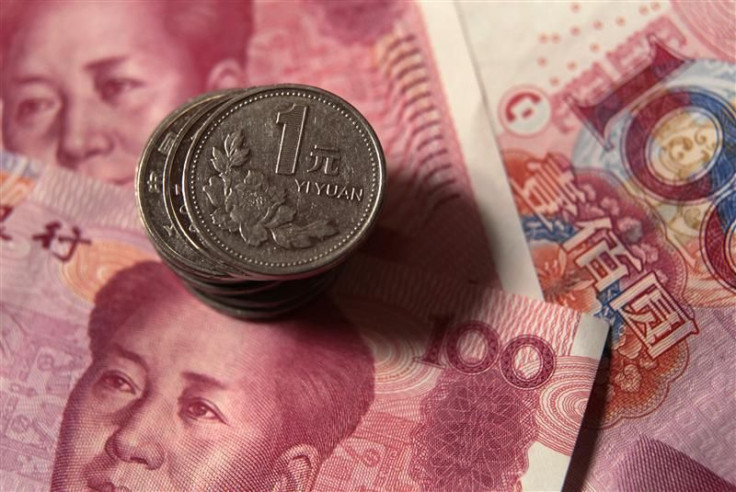China Plans To Ease Monetary Policy Further: Report

China is planning to ease monetary policy further to boost liquidity in the financial system and help the economy regain growth momentum it lost in recent times, according to reports.
The People's Bank of China will boost interbank liquidity by reducing the cash reserve ratio (CRR) requirement for banks or the share of deposits lenders have to maintain with the central bank, Bloomberg reported, citing a Xinhua report that quoted an unnamed central bank official.
In recent months, China cut the percentage of cash reserves twice in a bid to spur lending to small businesses. Already the net new lending in March was the highest since January 2011, suggesting that monetary policy easing is starting to have an effect.
The report comes when China's gross domestic product growth slowed to 8.1 percent in the first quarter, the lowest rate in three years, due to soft global demand and reduced real estate investment in the world's second-biggest economy.
The continuing debt crisis in Europe and the tentative US recovery have hurt demand for exports, the key driver of China's economy. In February, the World Bank said China's export- and investment-driven economic model, though successful for decades, was no longer sustainable and reforms were needed to prevent a sudden downturn.
Beijing has said its goal this year would be to promote steady and robust economic development, keep prices stable and guard against financial risks by keeping money and credit supplies at appropriate levels while being cautious and flexible.
Xinhua, citing an unnamed source, reported that the central bank would introduce cash into the financial system with an increase in reverse repurchase agreements and bill redemptions.
© Copyright IBTimes 2025. All rights reserved.




















